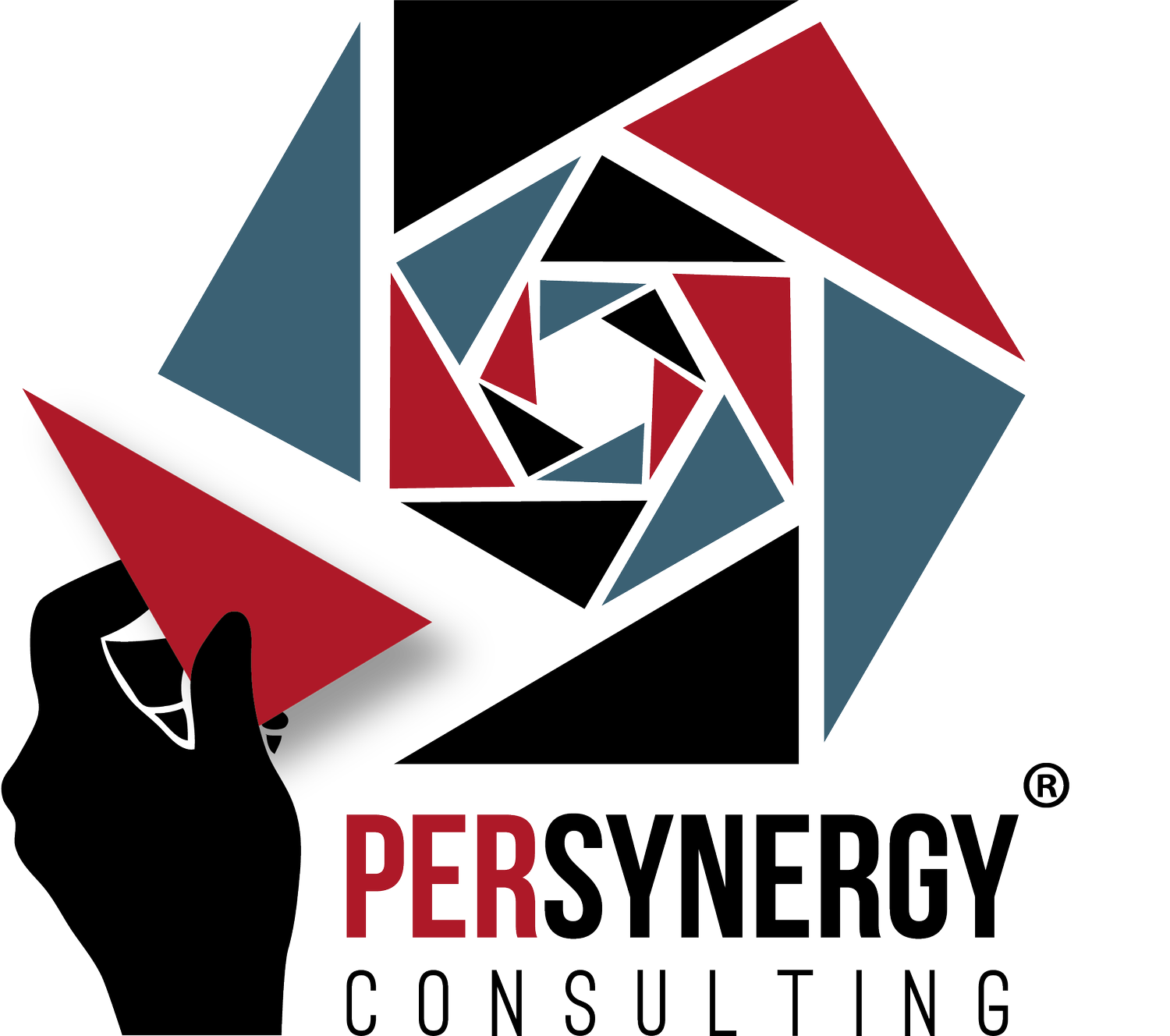EXECUTIVE MEMBERSHIP VS LEADERSHIP
How should effective executives act? The most common answer we hear is they should lead. Our view, which is perhaps a contrarian view, is they should embrace a concept far more dynamic (but perhaps a little less sexy) than what we have traditionally defined as leadership.
Before we define exactly what we mean by Executive Membership, let’s take a whack at the seemingly better understood term, leadership. In western society, leadership is a very powerful word. In fact, being a leader is the very thing most business men and women seek. But why? Do we aspire to be a Machiavellian dictator or a servant leader? In today’s world, few would admit to aspiring to Machiavelli’s vision. However, if you give it a second to sink in, it is a hard question to answer. Surely the truth cannot be that a majority of the nation’s ambitious business school graduates are all aspiring to be servants. Whether one’s style of leadership is autocratic, democratic or somewhere in between, chances are the desire to be a leader is born out of a desire for organizational influence and control (not to mention the obvious allure of status and executive compensation).
The problem is when you arrive, when you finally become a leader, you find out the truth - you are a leader, yes, but you are also still a follower. You are both, all wrapped up into one. Taken together, these two states of being, describe the reality all executives face. So, what we mean by Executive Membership is the ability of a highly effective executive to be both leader and follower as she performs her duties to her board, her boss, her peers and her subordinates. The plain truth is that most senior teams are chock full of leaders but have very few, if any, Executive Members; and this, more than any other reason, is why so few companies achieve greatness.
COACHING PHILOSOPHY
Well-being (at home and on the job) requires a healthy mixture of self-awareness, efficacy and reciprocal relationships - the pursuit of which almost always requires behavior change. Incidental behavior change is relatively easy; but sustainable and systemic changes are rooted in a person's underlying thoughts and beliefs. The more dramatic the change desired, the more fundamental the mental shift must be. For this reason, the coaching experience is an immensely personal and transformative journey (whether focused on personal or professional development). It requires vulnerability, introspection, openness, fortitude and vigilance. A coach's job is to operate as a guide on this journey and balance (in real-time) the critical roles of questioner, listener, motivator and confronter.
PerSynergy coaches leverage...
- Empathy and compassion to help our clients investigate and articulate the basis of their limiting thoughts and beliefs;
- Self assessments (DiSC, Emotional Intelligence, etc.), multi-source feedback and exploratory dialogue to enhance self-awareness;
- Guided planning sessions to create action-oriented and time-bound development plans;
- Client homework to experiment with new thought patterns and behaviors; and
- New personal SOPs (standard operating procedures) to lock in/integrate new behaviors.

